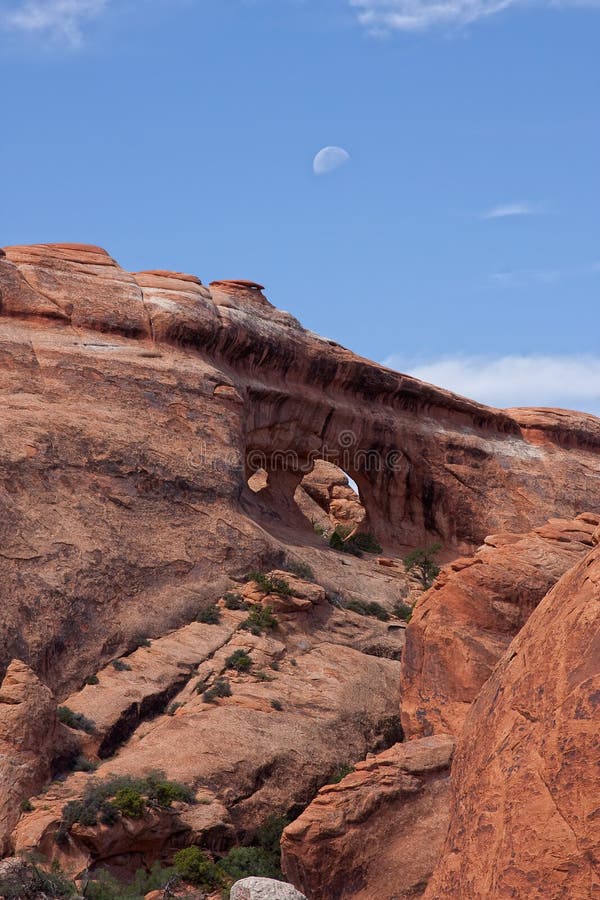

The Devils Garden trailhead and campground are located 18 mi (29 km) from the park's entrance station at the end of the main park road. Arches remained a national monument until 1971 when Congress passed a bill that re-designated it as a national park.
#DARK ANGEL ARCHES WINDOWS#
The monument originally consisted of two parts: the Windows and Devils Garden, with the latter name being taken from Ringhoffer's name for the Klondike Bluffs, an area not initially included in the park. President Herbert Hoover signed an executive order on Apthat created Arches National Monument.

The railroad company realized the lucrative potential of the area and contacted the National Park Service to consider making it a national monument. Ringhoffer contacted officials at the Denver and Rio Grande Western Railroad to determine whether the land could become a tourist attraction. In the early 1920s, an immigrant prospector from Hungary named Alexander Ringhoffer came across the Klondike Bluffs, a similar area with fins and arches to the west of Salt Valley, which he named Devil's Garden. A campground and amphitheater are also available at the site. The trailhead for Devils Garden is located at the end of the main park road.

Black Arch is visible as a dark outline from the primitive trail and can be approached via an unmarked sidetrack. Wall Arch, before its collapse in 2008, was also located in Devils Garden just north of Landscape Arch. Several other arches, including Partition, Navajo, Double O, and Private Arch, as well as the Dark Angel monolith and Fin Canyon, are accessed via the primitive loop trail and its spurs. The trailhead leads directly to Landscape Arch after a 0.8 mi (1.3 km) outbound hike, while Tunnel Arch and Pine Tree Arch can be seen on spur trails on the way to Landscape Arch. The Devils Garden Trail, including more primitive sections and spurs, meanders through the area for 7.2 mi (11.6 km).
#DARK ANGEL ARCHES SERIES#
Devils Garden is an area of Arches National Park, located near Moab, Utah, United States, that features a series of rock fins and arches formed by erosion.


 0 kommentar(er)
0 kommentar(er)
